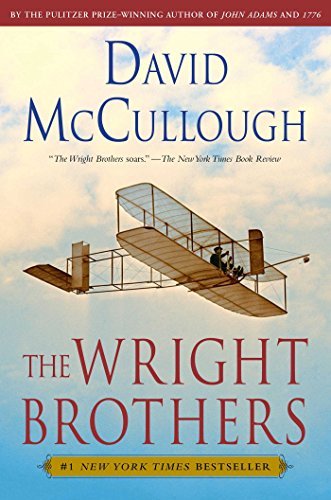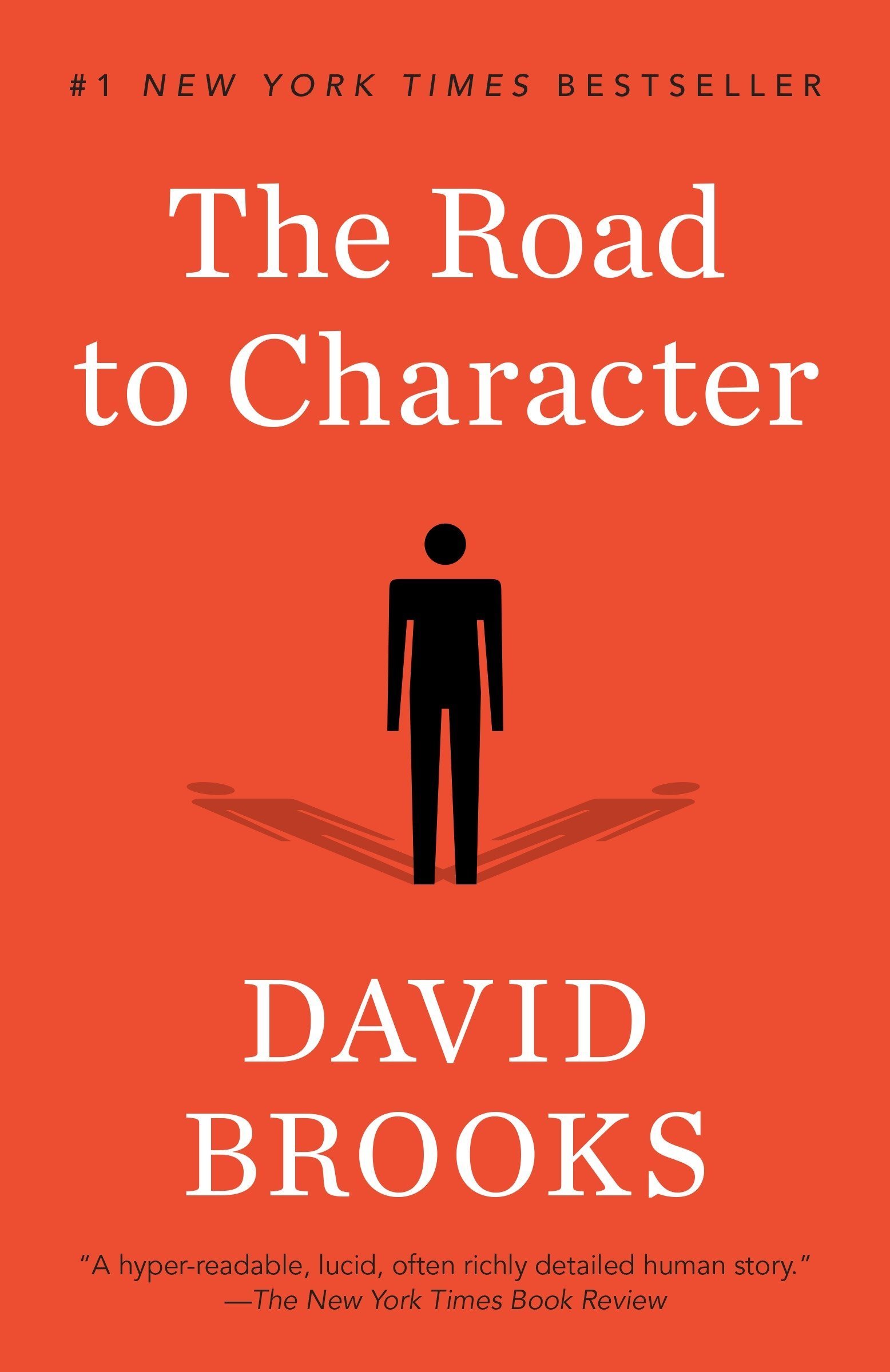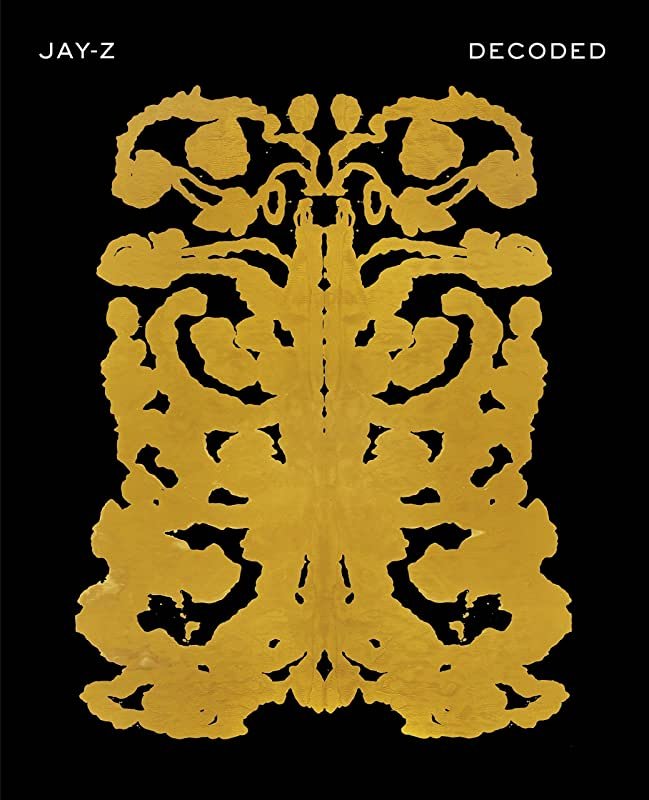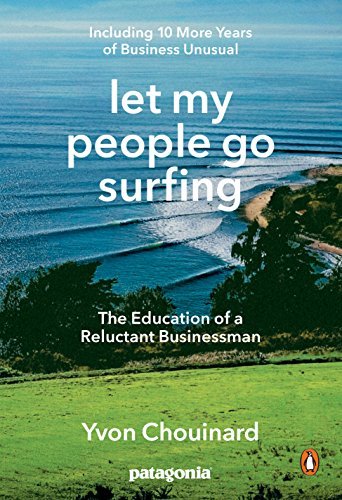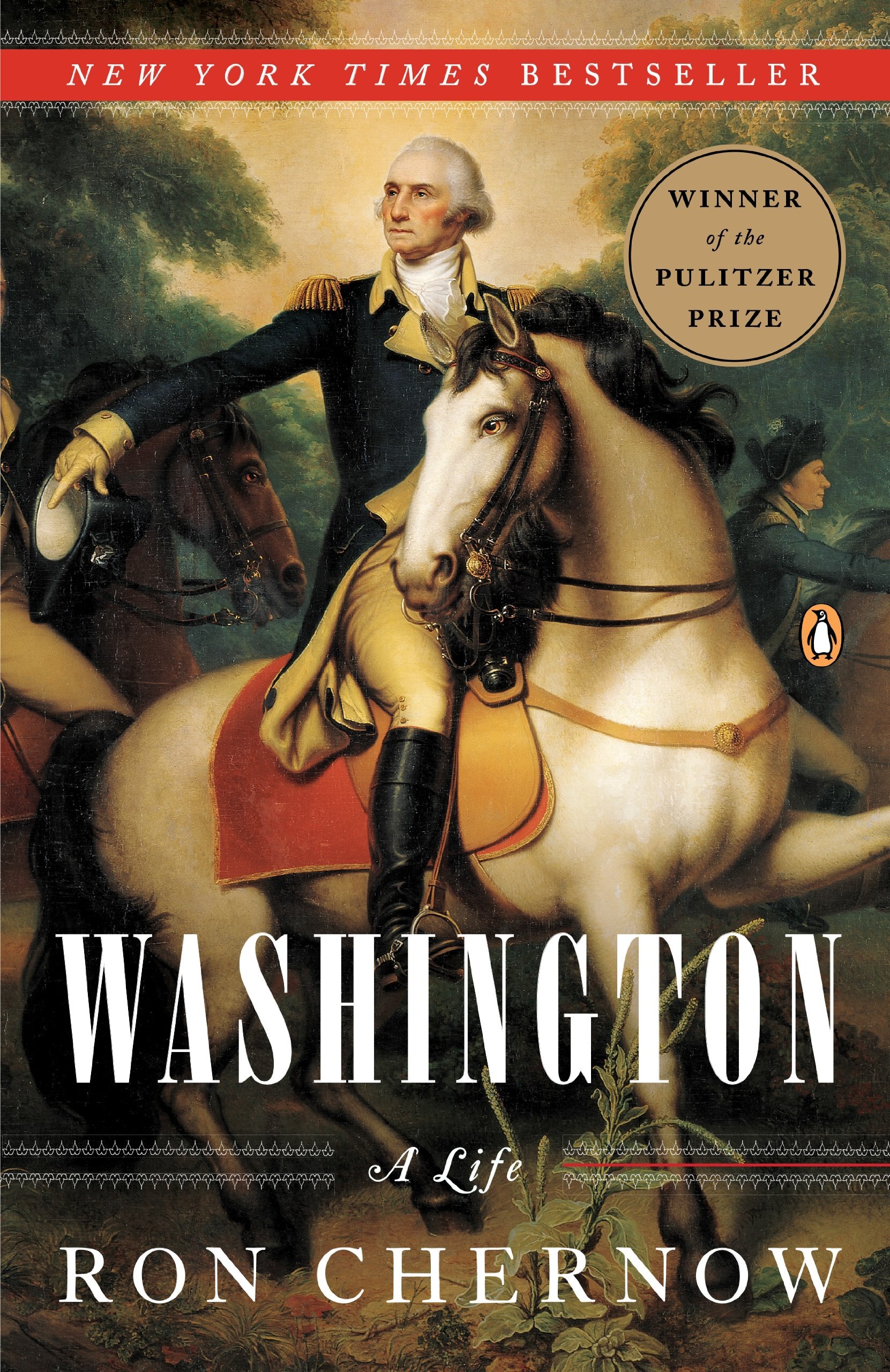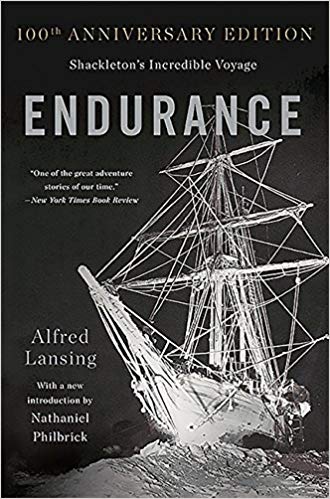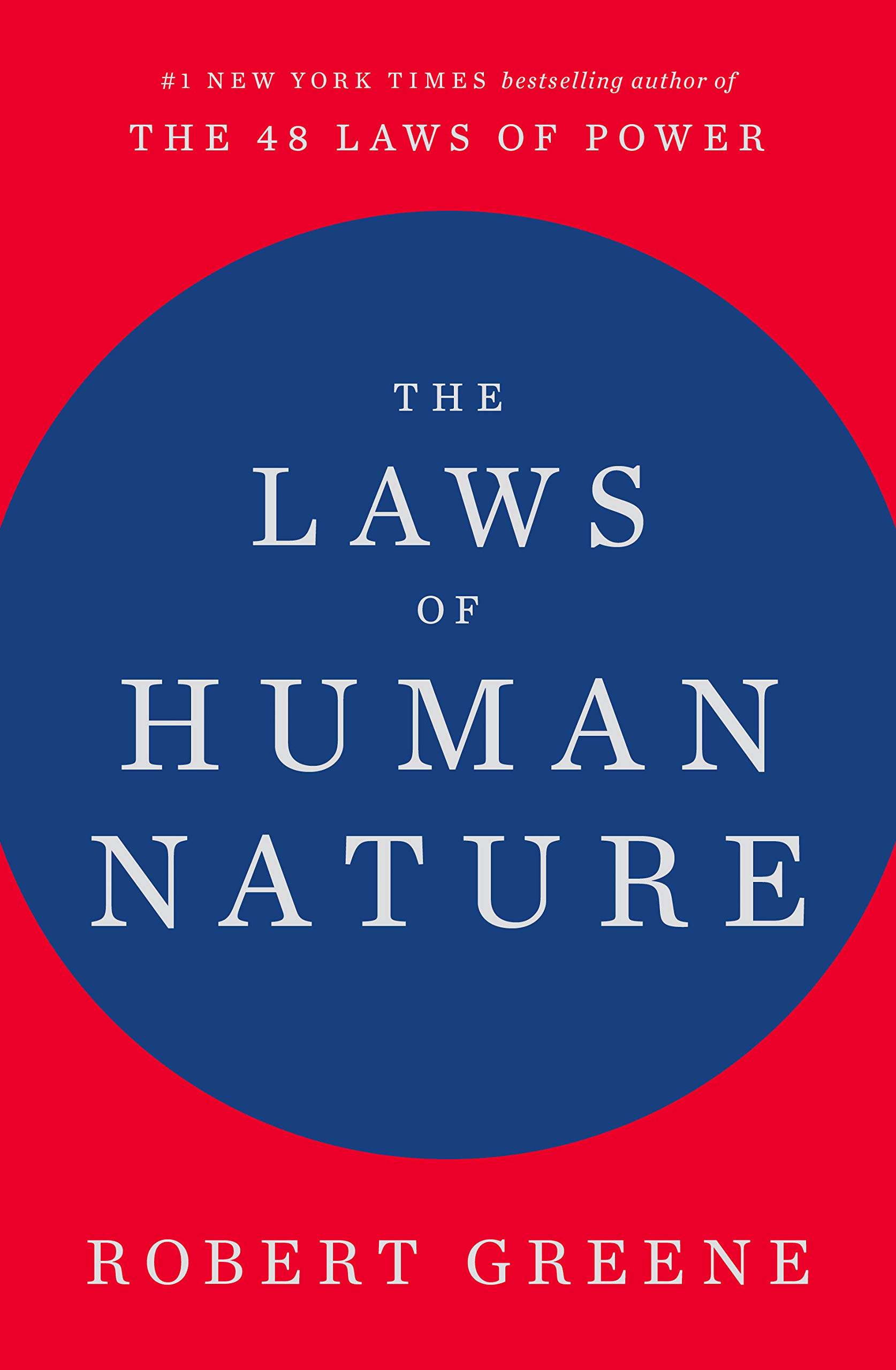Generations by Jean M. Twenge
Date read: 3/11/24. Recommendation: 9/10.
Questions the previously held view that generations are forged by events and instead suggests that generations are shaped, to a much greater degree, by the technology we grow up with and the underlying trend toward individualism and a slower life. Twenge’s goal is to demystify generational differences. She analyzes a huge amount of data over the past 100 years, covering gender, income, politics, marriage, etc. The entire book is fascinating but the recurring theme around the deterioration of mental health is particularly interesting to explore. Reading between the lines, there are lessons on how to protect your own well-being and better relate between generations. It’s relevant to everyone, but particularly important for parents.
Check out my notes below or Amazon for details and reviews.
My Notes:
Generational differences:
Major events don’t shape generations, technology does: “Generations differ because technology has radically changed daily life and culture, both directly and via technology’s daughters individualism and a slower life.” Jean M. Twenge
Focus of this book: demystifying generational differences may help reduce intergenerational conflict.
“Gen Z doesn’t believe that gender is fluid because they were born after 9/11; they believe gender is fluid because that is the next step for an increasingly individualistic and online culture. Millennials aren’t marrying later because they were young during the Great Recession; they are marrying later because adult development has slowed as technology created the triple trends of more protected children, more years of education to prepare for information-age jobs, and medical advances enabling longer life spans. Gen Z isn’t depressed because of the economy; they’re depressed because smartphones and social media created an atmosphere of constant competition and severed them from in-person human interaction.” Jean M. Twenge
“Rising individualism waves through the story of each generation.” Jean M. Twenge — Silents harnessed this went they fought for abolition of racial segregation and overturned laws that discriminated based on gender. Boomers did when they protested the Vietnam War draft and challenged rules about what women could/couldn’t do. Gen X’ers valued self-confidence and harbored distrust. Millennials took positive self-views to another level and supported LGB rights. Gen Z makes the argument that everyone can choose their gender, and there are more than two.
Individualism: “Mask mandates were a difficult sell in a culture that had embraced full-throated individualism for five decades.” Jean M. Twenge
“All cultural systems have trade-offs, and individualism has brought Americans a culture with unprecedented freedom, diverse voices, and a belief that people can be who they want to be. However, it also created more distrust of others, and a fragmented social fabric. Leaving social rules behind to favor the individual brings both freedom and chaos, both liberation and disconnection.” Jean M. Twenge
Slow life: This has grown with each generation, delaying traditional milestones. Children are now safer but less independent. “By the time Gen Z came along, the slow-life strategy was at full scream, with driving, working, and even sex delayed.” Jean M. Twenge
“We have taken technology’s priceless gift of time and used it to watch funny videos and lust after other people’s lives—diverting but not always enlightening or beneficial.” Jean M. Twenge
“As the primary instigator of generational and cultural change, technology presents the ultimate trade-off. Technology has given us instant communication, unrivaled convenience, and the most precious prize of all: longer lives with less drudgery. At the same time technology has isolated us from each other, sowed political division, fueled income inequality, spread pervasive pessimism, widened generation gaps, stolen our attention, and is the primary culprit for a mental health crisis among teens and young adults. This is the challenge for all six generations in the decades to come: to find a way for technology to bring us together instead of driving us apart.” Jean M. Twenge
Silents (born 1925-1945):
The most mentally resilient generation we’ve seen…they married young, which created challenges but led them to have children and value family, key protective factors against mental distress as you age.
Boomers (born 1946-1964):
Whether or not someone experiences depression, has an enormous amount to do with the surrounding culture. It’s extremely rare in traditional hunter-gatherer tribes, as well as traditional agricultural societies. It’s what clinical psychologist Steve Ilardi calls “a disease of civilization.”
Boomers were far more likely than previous generations to suffer from depression and poor mental health. Contributing factors were unprecedented acceleration in individualism and technology. More specifically, television allowed people to begin forming unrealistically high expectations. Boomers were the first generation that grew up with TV and were bombarded with advertising from a very young age of all the things they should want or aspire to be like. Trend would only accelerate with rise of social media and reality TV in the 21st century.
“We blindly accept soaring expectations for the self—as if some idiot raised the ante on what it takes to be a normal human being.” Martin Seligman, Psychology Today, 1988
Boomers explored individualism through groups (seminars, protests, festivals): “For Boomers, self-focus was new: Most grew up in the more collectivistic 1950s and early 1960s, so the individualism of the late 1960s and 1970s was uncharted territory. To this day, Boomers frequently talk about the self in terms of a ‘journey’ or a ‘voyage.’” Jean M. Twenge
Generation X (born 1965-1979):
“For Gen X, though, individualism wasn’t a journey—they were born at the destination…Gen X learned from their Silent and Boomer parents that the self came first.” Jean M. Twenge
Rise of self-confidence: In early 1950s, 12% of teens agreed with statement “I am an important person.” By the late 1980s, 80% of teens agreed. And while self-confidence doesn’t predict success, it does help protect against depression. And depression plateaued between Boomers and Gen X’ers. Potentially because of resilience built during their free-roaming childhoods and independent teen years.
Millennials (born 1980-1994):
Raised the stakes on the individual self…went from important to paramount.
First generation in American history where the majority of 25-39 year-olds are not married (roughly 45%).
Mental health: happy as teens, depressed as adults. Last generation that remembers growing up and not being connected all the time. Shaped their lives, but did not define their earliest memories.
Mid 2010s, rates of depression among Millennials began to soar. Lots of contributing factors, but again, ballooning expectations had something to do with it and the level of disappointment many faced in their adult lives. Social media and the online outrage machine was in full swing. Marriage and religion tanked, and along with it social bonds and community offered by those institutions. Technology changed the way people judged their lives and stripped away in-person interactions.
“In the individualistic culture Millennials have known all their lives, individual freedom is valued over the tight social bonds of institutions like marriage and religion. Although individualism has many upsides, its risks include isolation and loneliness and their bedfellows unhappiness and depression. The lone self is a weak foundation for robust mental health: humans need social relationships to be happy and fulfilled in life. That is especially true as people age past young adulthood. This might be why Millennials were happier as teens but not as adults—individualism and freedom feel good when you are young but empty when you are older.” Jean M. Twenge
Outrage machine: “Bad news, anxiety-provoking news, and news that incites anger sells, none of which is good for mental health.” Jean M. Twenge
“Millennials’ lives and mental health have been influenced by online interaction, but most spent their formative years before it completely took over. Who did spend their teen years in the age of the smartphone? That would be Gen Z.” Jean M. Twenge
Generation Z (born 1995-2012):
Concerned with authenticity, confronting free speech issues, pushing the norms of gender, and struggling with mental health.
Gender: Gen Z young adults are much more likely to identify as either trans or nonbinary than other generations. Only 1 out of 1,000 Boomers identify as trans, 23 out of 1,000 Gen Z young adults do.
Mental health: Number of teens and young adults with clinical-level depression more than doubled between 2011 and 2021—full-blown mental health crisis that was building long before COVID. Increase in mental health issues is a generational shift. And it began appearing in the early 2010s.
Early 2010s were defined by smartphones and social media. Went from optional to mandatory. “The case for technology, especially social media, causing the rise in mental health issues among young people relies on four primary pieces of evidence: 1) timing, 2) impact on day-to-day life, 3) group-level effects, and 4) the impact on girls.” Jean M. Twenge
“Teen depression and digital media use increased in lockstep. Internet use, social media use, and smartphone ownership rose as depression rose.” Jean M. Twenge
Consistent across countries and geographies…UK, Canada, Australia, US.
Isolation: Average teen spent more than 8.5 hours a day with screen media in 2021. Digital communication took over, became the norm, and squashed in-person gatherings. Teens spend less time with each other (hanging out, driving, going to parties).
“TV time is only weakly linked to unhappiness and gaming (which is more popular among boys) is pretty much a wash until it reaches 5 hours a day. But unhappiness starts to trend upward after just an hour a day of social media use for girls.” Jean M. Twenge
“Believing that the cards are stacked against you is an example of what psychologists call external locus of control. If you have internal locus of control, you believe you are in control of your life. An external locus of control is the opposite: the belief that nothing matters, because it’s all up to luck and powerful other people to determine what happens. That is unfortunately occasionally true, but it’s also a defeatist way of looking at the world—and it’s more common among Gen Z.” Jean M. Twenge



